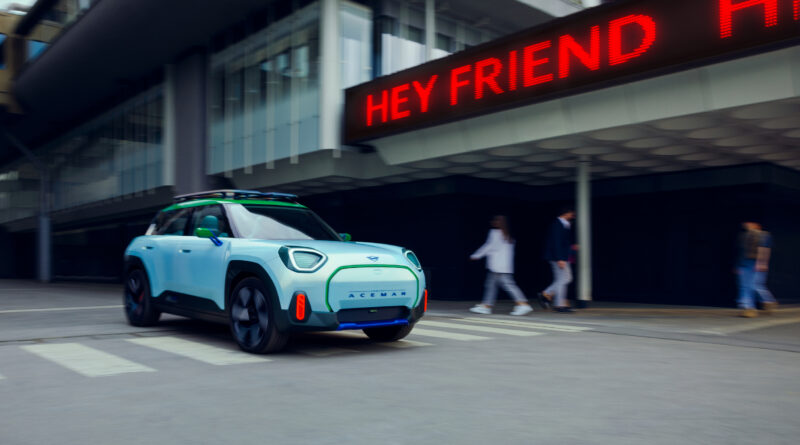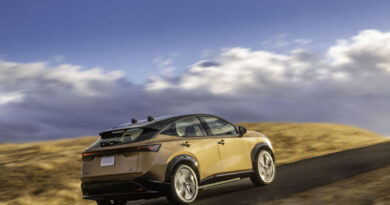Mini Aceman concept showcases all-EV vision for British brand
Mini is getting serious with electric cars as it forges towards an EV-only future by about 2030.
The British brand has unveiled the Mini Aceman concept that’s expected to turn into a production car in 2024.
The Mini Aceman is the brand’s first EV designed from the ground up as an electric car; the Mini Electric that is currently on sale is a regular Mini with the electric components shoehorned in.
That brings advantages with interior space and allows designers to better live up to the history of the brand.
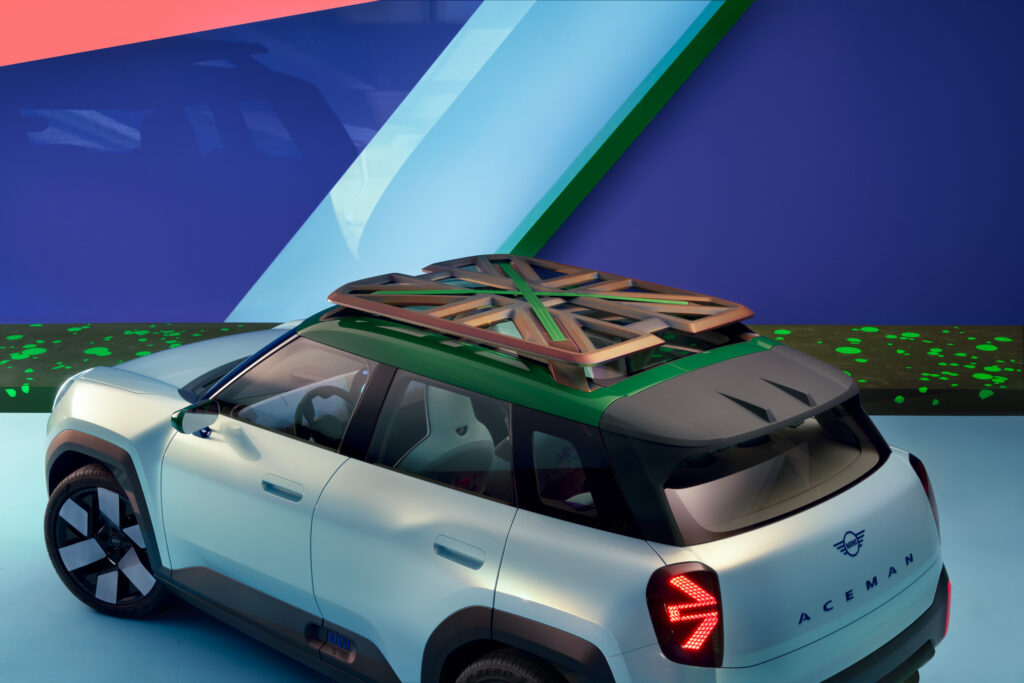
“The purely electric vehicle concept means the design can again be geared more towards Mini’s traditional basic values, in terms of the principle of using space creatively,” said Oliver Heilmer, Head of Mini Design. “This creates models that take up little space on the road while offering even more comfort, more versatility and more emotion on the inside than ever before.”
READ MORE: Urbanaut shows Mini’s EV thinking – minus chrome, leather
READ MORE: Hardcore “extreme performance” Mini John Cooper Works EV coming soon
Mini refers to the Aceman as a crossover that is designed to slot between the classic Mini Cooper hatch and the larger Countryman, which is in turn expected to grow in stature for its next iteration. At 4.05 metres long, 1.99 metres wide and 1.59 metres tall it is shorter than most small SUVs but wider than many, giving the Aceman a chunky stance.
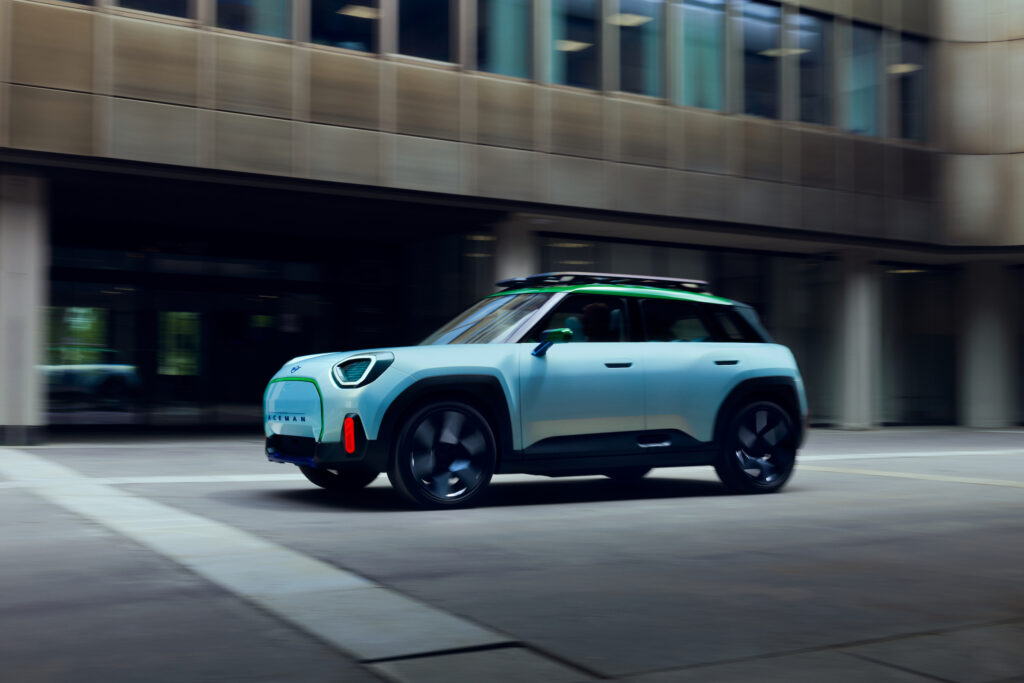
Unsurprisingly, the Mini Aceman concept is oozing Mini DNA.
But the design has evolved more than it has for any Mini since the relaunch of the BMW-owned brand in 2001.
The headlights have more angles in them as defined by distinctive LED daytime running lights, the mirrors are slimmer and the wheel arches more pronounced. There are also additional creases, albeit restrained in their usage to ensure the proportions are classically Mini. And, of course, there’s a floating roofline that in the concept version is a contrasting colour.
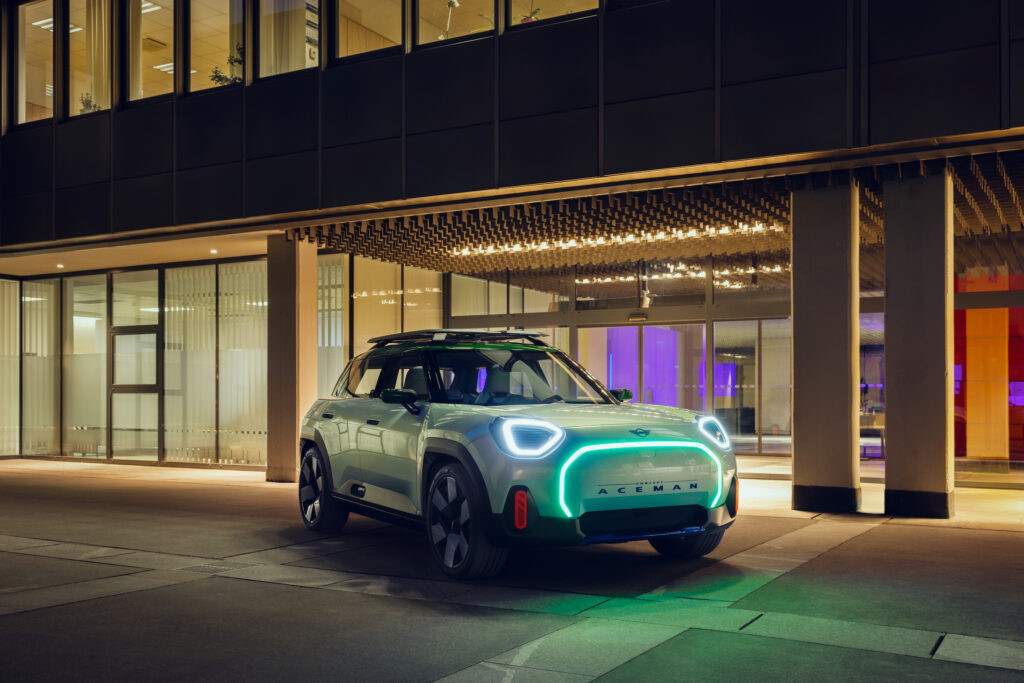
Even the wheel arches have more angles and a straight upper lip to help visually extend the vehicle.
Inside, the Mini Aceman is bubbling with Mini design fun but with an emphasis on neatly integrating technology.
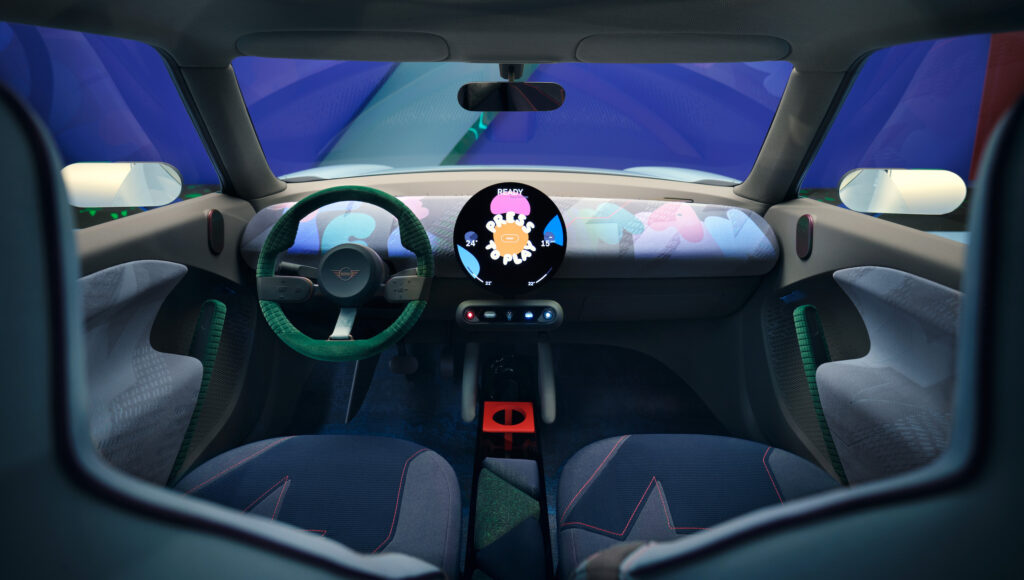
“Digitisation enables us to make do with few operating elements and at the same time maximise the experience in a way that is characteristic of Mini,” said Heilmer. “The entire design is all about offering occupants a holistic experience in the interior space.”
As with classic Minis there’s no traditional instrument cluster, with a central circular screen instead the only digital accompaniment.

Mini has handed over the software to Android, an indication the brand is heading that way for its future production vehicles, something which could allow third-party apps and more advanced functionality.
There are minimal fixed buttons – including some on the simple but evolutionary steering wheel – and a cleanliness to the design.
Materials and finishes have also diverged from classic to modern and bold, including velvet and “waffle weave”.
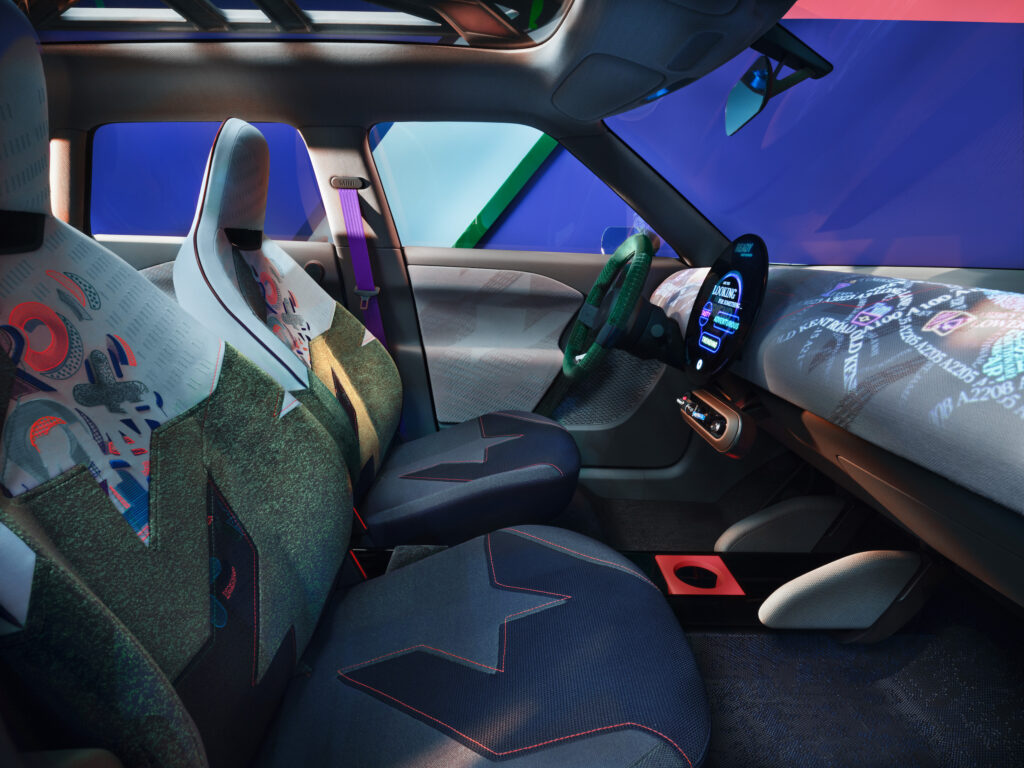
The steering wheel and door grab handles have a chunky green finish while the dash is a smorgasbord of love hearts and shapes. Various fixed surfaces can also have other images and layouts projected onto them.
There’s no leather or chrome to be seen, which is in line with Mini’s move to the modern, as showcased in the one-off Mini Strip concept created by fashion guru Paul Smith.
Naturally, there are British design cues ramming home the origins of the Mini Aceman, even if the production version is likely to be produced in China.
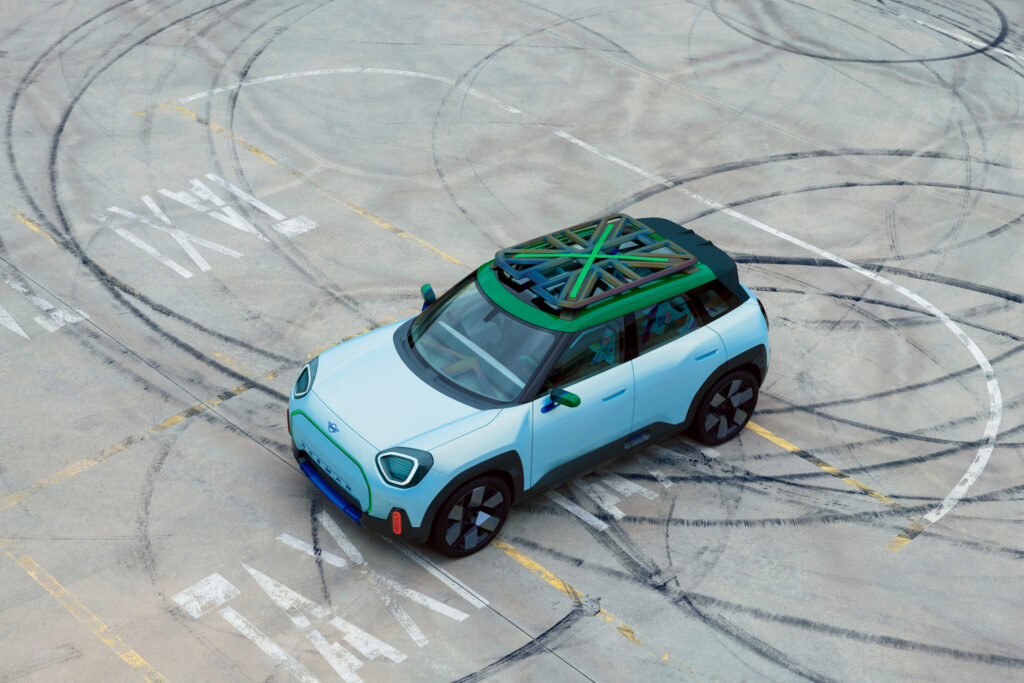
The roof is coloured British racing green and the roof rack looks like a Union Jack, elements of which are also incorporated into the LED tail lights.
No word on what’s powering the Mini Aceman, other than its only electricity. It rides on the new Mini EV architecture that will underpin the next Mini Electric due in 2023.
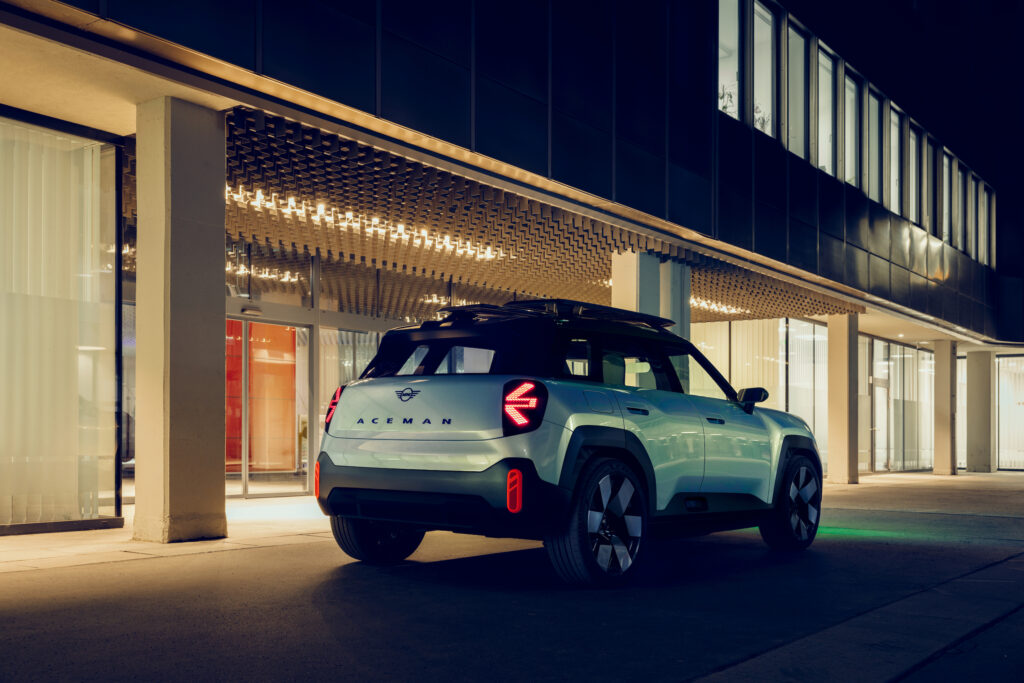
No word on when a production version of the Aceman is likely to break cover, although reports by UK media suggest we’ll see something in 2024.

